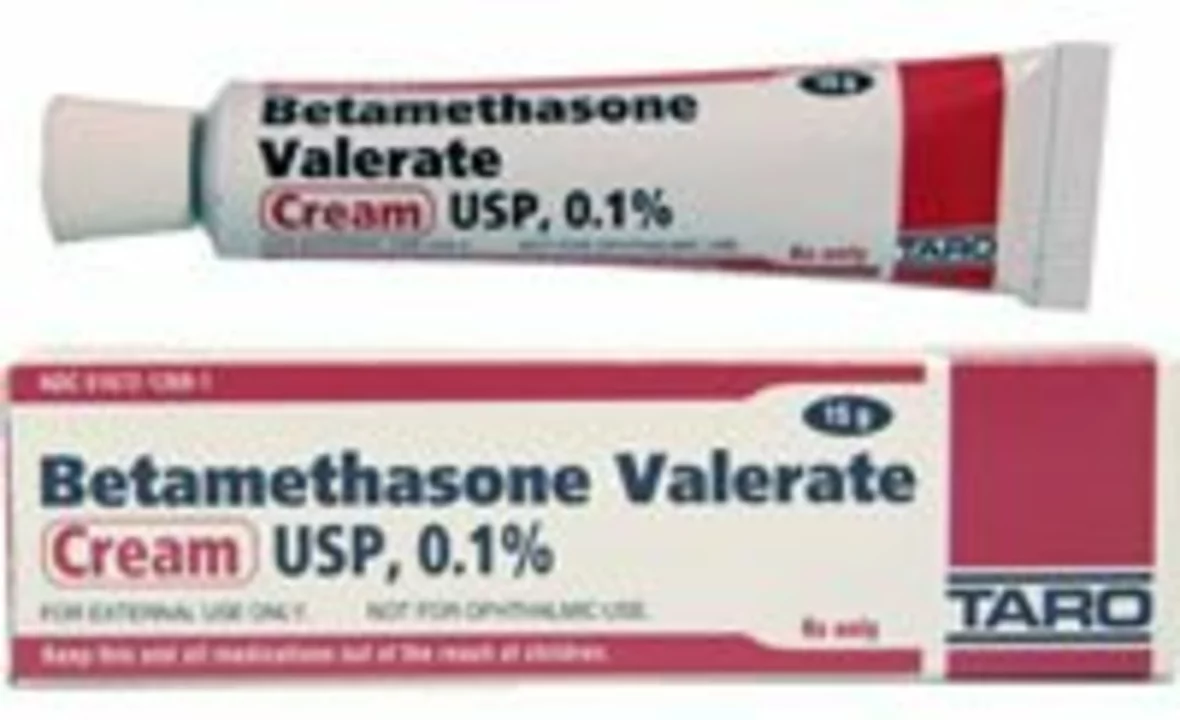Betamethasone: Practical Guide to Uses and Safety
Betamethasone is a strong corticosteroid many doctors use to calm inflammation. It comes as creams, ointments, tablets, and injections, and each form has a different purpose. Want to know when it helps, what to watch for, and how to get it safely? Read on — this is the short, useful version.
How betamethasone is used
Topical betamethasone (cream, ointment, lotion) treats inflammatory skin problems like eczema, psoriasis, and contact dermatitis. Apply a thin layer to the affected area as your doctor tells you. Ointments are greasier and suit dry skin; creams absorb faster and may suit moist areas.
Oral or injected betamethasone is used for serious inflammation, allergic reactions, some autoimmune flares, and in certain hospital settings. A common specialist use is a short course to reduce severe inflammation or, in pregnancy, a specific injection to help fetal lung development when preterm birth is likely — only under careful medical supervision.
Practical safety tips and common side effects
Because betamethasone is powerful, follow these rules: use the lowest effective dose for the shortest time, and never stop a long course abruptly — tapering is often needed. For topical use, avoid applying it to the face, groin, armpits, or broken skin unless a doctor says it's okay. Those areas absorb more and react faster.
Watch for skin thinning, stretch marks, or visible blood vessels with long-term topical use. With systemic (oral/injected) use, common issues include raised blood sugar, mood changes, weight gain, sleep trouble, and higher infection risk. Long courses can affect bones (osteoporosis) and adrenal gland function. If you have diabetes, high blood pressure, or an infection, tell your prescriber before starting.
If you notice new swelling, unexplained bruising, severe mood swings, or signs of infection (fever, worsening redness), contact your healthcare provider. Children and older adults need extra caution because side effects show up faster or stronger.
Drug interactions matter. Live vaccines are typically avoided while on strong steroids. Some medicines can change how steroids affect you, so keep a current medication list ready for your clinician.
Buying tips: always get a prescription for betamethasone. If ordering online, pick pharmacies that require a prescription, display clear contact details, and carry regulatory seals or verifications. Avoid suspiciously cheap offers or sites that ship without paperwork — counterfeit products happen. If you're unsure about an online seller, ask your local pharmacist to help verify it.
Final practical note: betamethasone works fast when used correctly, but it can cause problems if overused. Use it as directed, ask questions when you don't understand instructions, and keep follow-up appointments so your doctor can adjust dose or duration. That keeps you safer and gets better results faster.
The potential benefits of betamethasone for treating livedoid vasculopathy
In my recent research, I've discovered the potential benefits of betamethasone for treating livedoid vasculopathy. Livedoid vasculopathy is a rare and painful skin condition where blood vessels become inflamed, causing ulcers and discoloration. Betamethasone, a powerful corticosteroid, has been found to reduce inflammation and promote healing in affected areas. With its anti-inflammatory and immunosuppressive properties, betamethasone offers a promising treatment option for those suffering from livedoid vasculopathy. I'm eager to follow any upcoming research and clinical trials to better understand the full potential of this treatment.
© 2025. All rights reserved.

